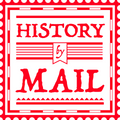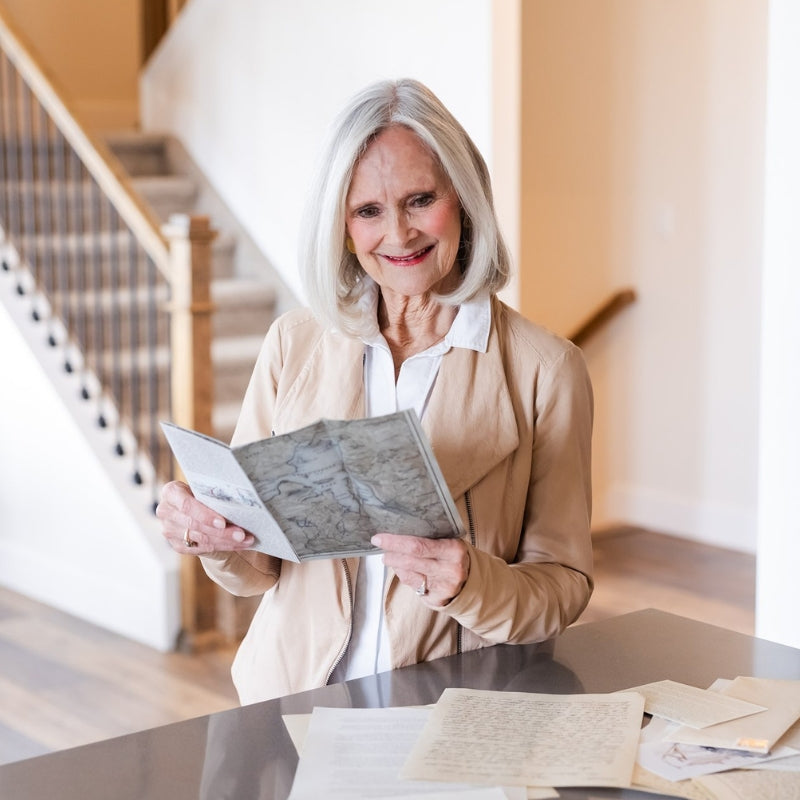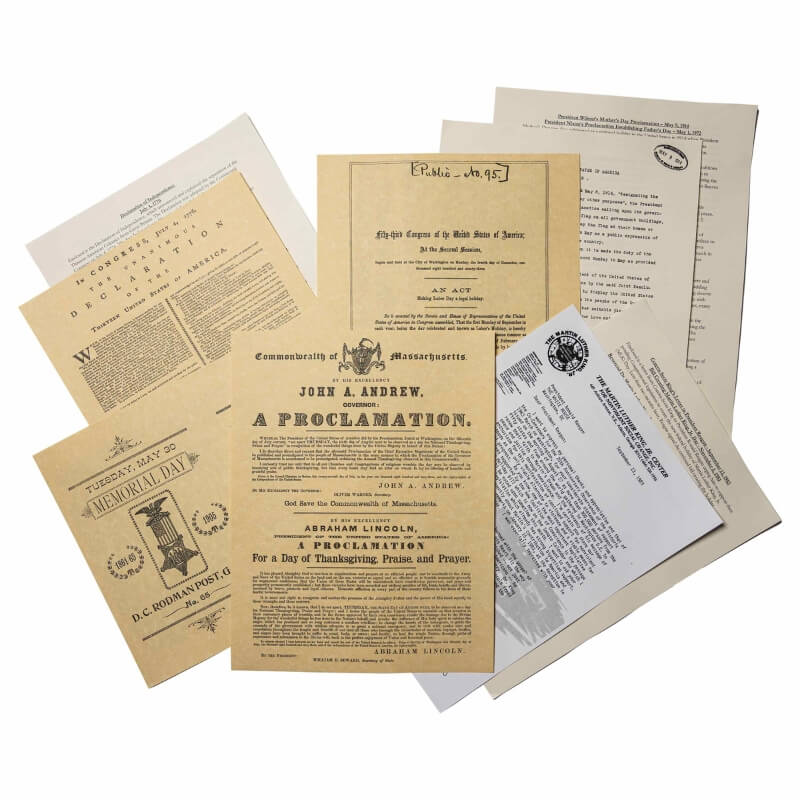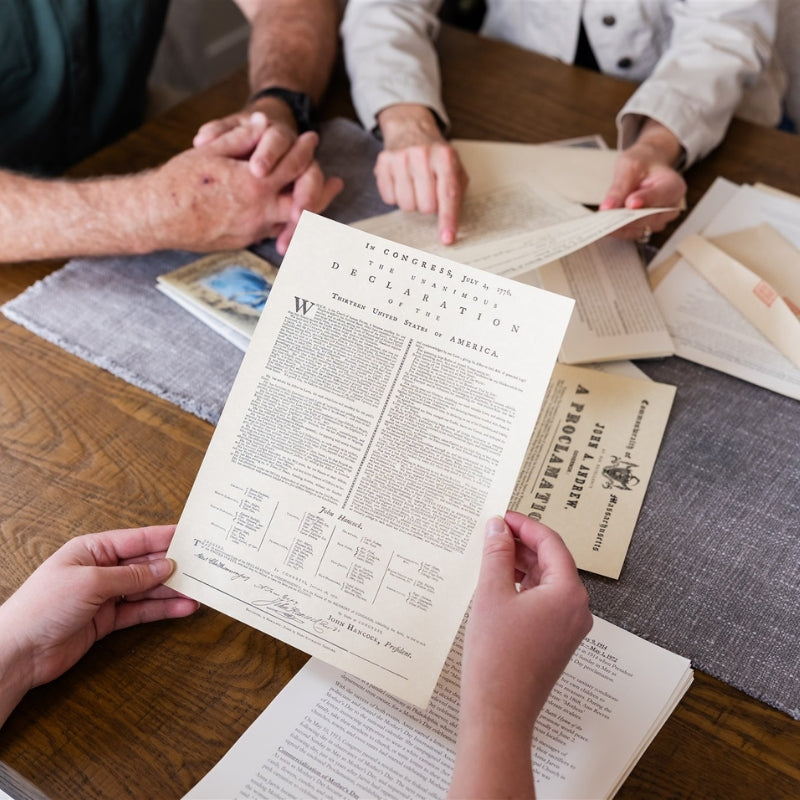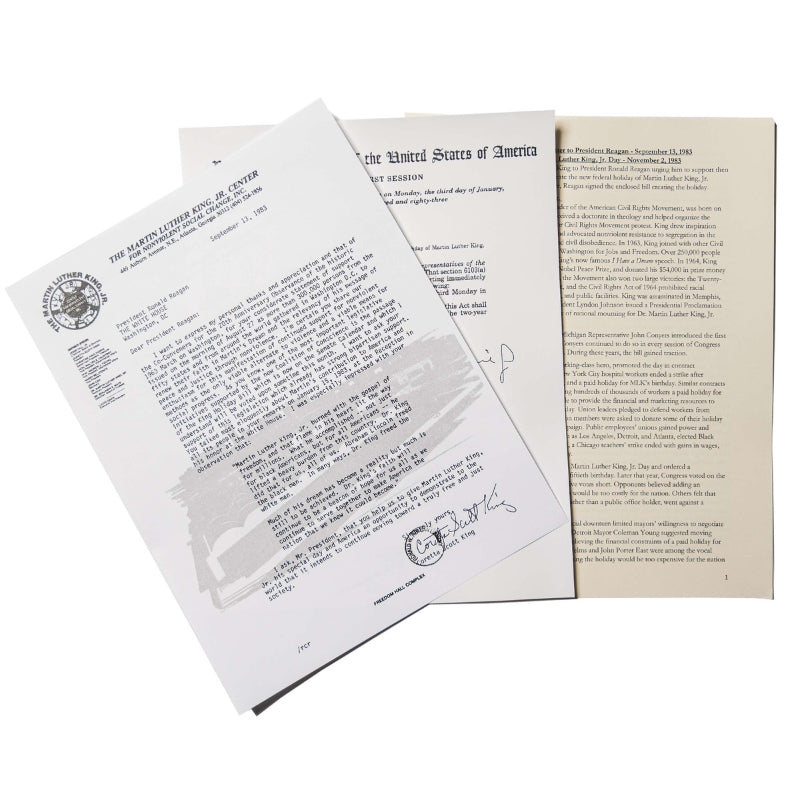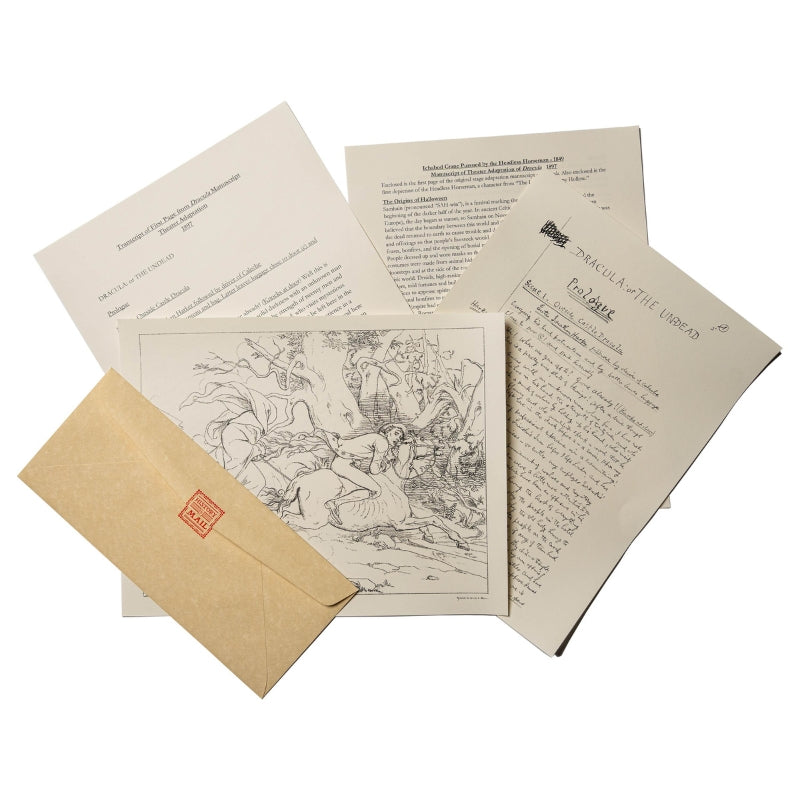Veterans Day, observed annually on November 11, honors individuals who have served in the U.S. Armed Forces. Veterans Day is a significant tribute to those who have served, marking their sacrifice and bravery. Veterans Day originated as a commemoration of the end of WWI and has expanded to include all American veterans, reflecting the nation's gratitude for their service and dedication.

Armistice to Honor: The Historical Genesis of Veterans Day
The armistice ending WWI was signed on November 11, 1918, at 11 a.m. Paris time (the 11th hour of the 11th day of the 11th month). On November 11, 1919, exactly one year later, President Woodrow Wilson established Armistice Day to commemorate the end of World War I. Wilson intended the day to reflect solemn pride in the heroism of those who died in service to the United States and gratitude for the victory. The day was marked with parades, public meetings, and a momentary halt of business at 11 a.m. Congress solidified the date as a national holiday in 1938.
As more Americans served in the military during WWII and the Korean War, the 83rd Congress amended the Act of 1938 to honor veterans of all wars, renaming it Veterans Day in 1954. President Dwight D. Eisenhower issued the first Veterans Day Proclamation that year.
Years later, the Uniform Holiday Bill was enacted in 1968 and aimed to provide three-day weekends by celebrating several holidays on Mondays. Many Americans were confused why Veterans day was not celebrated on November 11. In 1975 President Gerald Ford returned Veterans day to November 11, restoring the historical significance of the date.
A Nation Remembers: Veterans Day Traditions and Ceremonies
Veterans Day is characterized by national and local events designed to honor those who have served. Perhaps the most iconic is the ceremony at the Tomb of the Unknown Soldier in Arlington National Cemetery. Here, a wreath-laying ceremony symbolizes the nation's tribute to those who gave the ultimate sacrifice without identity recognition. Communities across the nation host parades and public services where veterans are publicly thanked for their service. Schools and organizations often participate in educational programs to ensure younger generations understand the sacrifices made by military personnel. A nationwide moment of silence at 11 a.m. pays homage to the armistice of 1918 and those who have fought and continue to fight for freedom. These rituals and customs serve as a collective expression of gratitude and remembrance, uniting the country in honoring its veterans.
Veterans Day Across the Globe
While Veterans Day is a distinctly American holiday, its essence resonates worldwide. Countries around the globe have their own days of remembrance for military service members. In the United Kingdom, Remembrance Sunday is observed on the second Sunday of November, while Canada and Australia observe Remembrance Day on November 11th, mirroring the U.S. Veterans Day in date but differing in customs and traditions.
These days are marked by poppy-wearing, memorial services, and moments of silence to honor those who served and those who fell. The international observance of such days highlights a shared global respect for military service and the sacrifices made during times of conflict.
The Red Poppy: A Symbol of Remembrance
Perhaps one of the most noticeable traditions with Veterans Day is the Red Poppy. The Red Poppy's association with remembrance day traditions, including Veterans Day, originated from the World War I poem "In Flanders Fields" by Lieutenant Colonel John McCrae. This poem vividly illustrated the image of red poppies growing among soldiers' graves in Flanders, Belgium, a region heavily impacted by the war. The poppy's adoption as a symbol of remembrance was championed by Moina Michael, an American professor and humanitarian, who was inspired by McCrae's work to promote the flower as a way to honor those who had died in the conflict. Her efforts led the National American Legion to adopt the poppy as a remembrance symbol in 1920. The tradition was further solidified when the Veterans of Foreign Wars organized the first U.S. Poppy Day Drive in 1922 and patented the "Buddy Poppy" in 1924, cementing the poppy's role as an emblem of sacrifice and the human cost of war.
